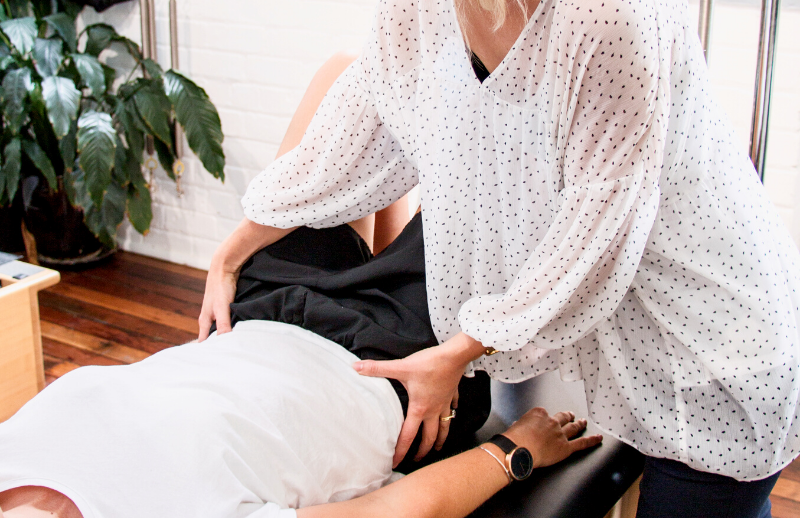
A pessary is a device used for a number of gynaecological problems. They are used frequently by gynaecologists, continence nurses, or pelvic health physiotherapists. At Auckland Physiotherapy we use pessaries to either support a prolapse or assist with incontinence.
Sometimes there has been an overstretching of the structures that support the vagina. This can be from birthing a child, or from more chronic conditions such as constipation, COPD, or other causes of repetitive strain on the pelvic floor.
This overstretching can cause “prolapse”, where there is a movement of the vaginal walls into the vagina, or difficulty in closing off the urethra when you want to stop urine from passing through, such as on coughing or sneezing. These can cause symptoms such as heaviness, dragging, or deep backache, the sensation of “something there”, bladder difficulties with incontinence or leaking or urgency, or difficulty in passing bowels. This can be all the time or just with particular exercise or activities, such as running or lifting weights.
Pessaries are an effective tool for managing these concerns. They are an internal support to the vaginal walls and can help with the closure of the urethra. The pessaries we work with are made of medical-grade silicone and come in a vast variety of shapes and sizes for all sorts of presentations and symptoms. We will identify that a pessary might be useful during your initial or subsequent appointments.
We use fitting kits to help us choose the correct pessary to ensure it is comfortable and provides adequate support to the areas of concern.
A pessary can be self-managed, where we teach you to insert and remove the device yourself. This is particularly helpful when the pessary is only needed for a particular sport or activity, and a woman can choose to use it just during these tasks. It can also be managed by your physio, in which case you will need to come in every three months to have it checked. The pessary itself lasts a year (under manufacturing guarantee), and needs to be replaced annually.
If you were self-managing your pessary, you would need to come in for a fitting appointment, a review at two weeks, a review at 3-6 months, and an annual review. Usually, though, a pessary is an adjunct to physiotherapy and it is more likely you will be working with your physio on pelvic floor exercises and other areas of rehabilitation such as retraining your bladder.
The decision to use a pessary is really up to you. They are a great option, but not the only option in management. Sometimes a woman may be waiting for surgery and just buying time (e.g. those anticipating more children in the coming years), or perhaps wanting to avoid surgery altogether. Sometimes we use a pessary for the first postnatal year while working on rehabilitation and during the postnatal recovery period.
There are very few contraindications to the use of a pessary; active infections of the vagina (e.g. pelvic inflammatory disease), patients who are unable to manage their pessary (e.g. won't attend follow up appointments), or an allergy to silicone are the few situations in which we would not fit a pessary when one is indicated.
Recent Comments